What is the biggest nightmare that most online businesses face? If you’re thinking customer churn then you’re right. Without managing churn it’s very difficult to grow. According to Bain & Company
5% improvement in customer retention can boost profits by 25–95%.
What does it mean? That you should invest your time, energy (and money) in developing customer retention strategies to prevent customer churn.

What is Customer Churn?
Customer churn happens when your customer or subscriber stops using your product or service within a specific time period. This definition applies to a SaaS business.
To put it into context, here are a few examples of customer churn:
- Subscription cancelation
- Account closure
- Non-renewal of a contract
- Client’s decision to shop at another store
How do you calculate churn? There is a simple formula for that.
Divide the number of your lost customers (within a certain time period) by the number of your existing customers.
Let’s say you want to measure your monthly customer churn rate.
If you have 40k subscribers, and 2k of them leave in December, your churn rate is 5%.
Customer Churn Rate by Industry
What’s acceptable in one industry is unacceptable in another, and this also applies to customer churn rate.
Let’s look at an average customer churn rate in a few industries:
- Credit card companies in the US – around 20%
- European mobile carriers – 20-38%
- American telecom companies – 0.84%
- SaaS – 5-7%
- Retail banks – 20-25%.
As you can see, there's no such thing as a universally accepted low or high churn rate – it’s sector dependent.
How To Predict Customer Churn Rate?
If you’re wondering whether customer churn rate prediction is possible, then the answer is… YES!
There are some statistical and machine learning techniques that can help you estimate your future customer churn rate.
Both of these take into account historical purchases and behavioral data to foresee how probable it is that a customer will churn.
Here’s what a churn model can help you with:
- Assessing what impact a new feature will have on the churn likelihood to help you understand why customers leave
- Introducing churn risk scoring that will show your customers who will most probably leave, so you can target those with some retention campaigns
- Setting up a discounting strategy for customers who are likely to churn.
6 Tactics to Prevent Customer Churn
Here are a few useful tactics that will help you with customer churn prevention or customer churn reduction.
Stop Selling to The Wrong Buyers – Create Buyer Personas
If you want to reduce your customer churn this is what you should start with.
Believe it or not, but not all leads should become your customers…sometimes it’s just not meant to be.
Creating your customer personas or ICP (Ideal Customer Profile) will help you identify people for B2C or businesses for B2B that you should focus on and optimize for.
Try this free buyer persona survey template, to see what survey questions you need to ask your website visitors and product users.
You can’t make everyone happy, and if you target the wrong customers it will have an adverse effect on your customer churn rate.
These are some survey questions you need answers to, to create your ideal buyer persona, and prevent customer churn:
- Which sector do they work in?
- What’s their company size?
- What’s their job title?
- How’s their performance measured?
To name a few.
Look at the historical data, and identify your most satisfied customers – those who stay with you the longest.
What do they have in common?
Also, remember to share this information with your sales team (if you have one), because
“If a salesperson has not been explicitly telling the characteristics of a bad fit customer, why they’re a bad fit, and what the negative consequences of doing business with that customer are, the fact that there is a possibility they might not be a great fit isn’t reason enough for the salesperson to give up that sale, miss their numbers, and take home less pay”- Lincoln Murphy
2. Discover Churn Reasons
Customer churn is always the part of the business, even to the best companies.
But what differentiates good companies from the bad ones is that the former always try to understand churn reasons are so they can prevent it from occurring again in the future.
If some customers decide to leave you, at least you can is ask them why. You can always do it by sending them a customer churn survey asking why they’ve decided to leave and what you could do to improve.
💡 YOU MAY ALSO BE INTERESTED IN: Open-ended customer churn survey template
The price of not identifying your churn reasons is high, so make sure you know why attrition happens. Make a note of it in your CRM, so your entire team has access to it.
3. Try to Spot Red Flags
Another tactic for churn prevention is identifying the leading indicators of churn. This will help you react more quickly to any issues that your customers are facing, and resolve them before they decide to leave. Some of the red flags might include:
- A decrease in customer engagement/product usage
- Low user activation
- Closing a free trial
- Leaving a negative review
- A low NPS score
You should keep track of all of them, and possibly set up notifications in your CRM, to not miss out on any important signals.
4. Offer great customer support
Do you know what the most common reason for customer churn is? Majority of customers leave because of bad customer service.
Oracle has discovered that 9 out of 10 customers will abandon a business if they have a bad experience.
They need to feel looked after.
Even though we live in the age of automation, it’s still human interaction that people appreciate the most, and it’s what they expect to get as soon as a problem arises.
You have to deliver on customer expectations. Customers are way less forgiving when it comes to bad customer support than when it comes to product imperfections.
The good news is that 86% of customers are willing to pay more for better customer service
So, if you’re looking for any savings, look away from customer support – it’s where you should invest your money.
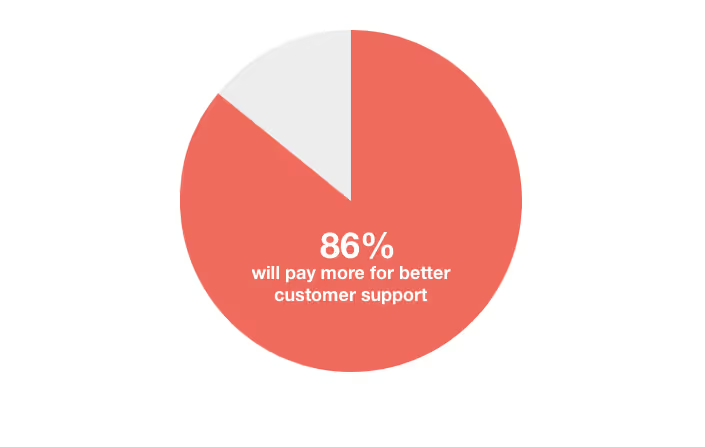
Creating a great customer experience, is key to reducing customer churn.
5. Create an Exceptional Customer Onboarding Process
First impressions count, they really do. And you can only make a first impression once, so better make sure it’s a damn good one.
Your customers will only use your product if they see a value in it and know how to use it, and that’s what the onboarding process is for.
People get easily discouraged, so if you leave your customers alone, they might get confused, learning how to use your product will take them longer, and they might eventually give up if they see no success.
Things to consider as part of your onboarding process:
- A welcome email - Here’s a good example from Zapier.
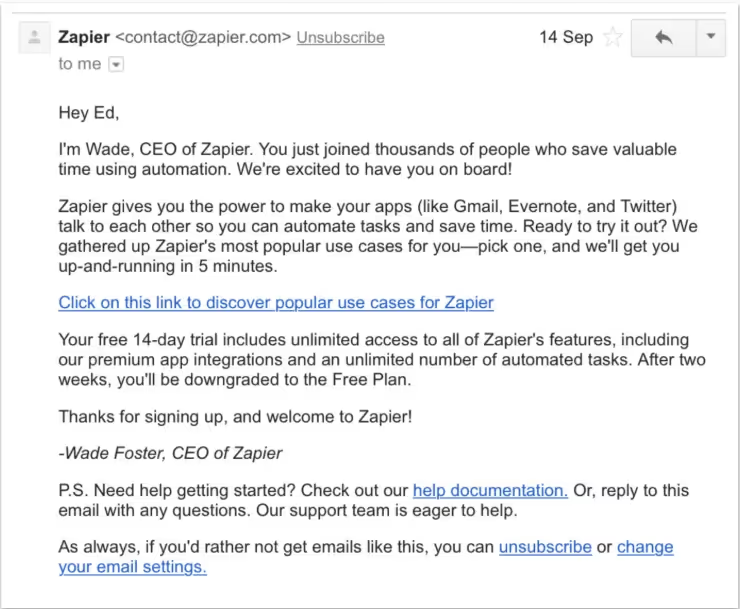
- Educational emails – to show them how to use the most important features and keep them engaged
- Celebratory emails – it’s important to celebrate successes and reaching key milestones
- Interactive walkthroughs – to show your customers how to get value from your product
- A knowledge base – including articles with answers to the most common problems so your customer can access them whenever they need to.
6. Ask for Customer Feedback Regularly and Act on It
Don’t wait for bad things to happen, ask for customer feedback regularly, and respond to it promptly.
Do you have new customers, who just completed your onboarding process? Ask them what they think about it.
Did you just resolve an issue that your customer reported? Find out how satisfied they were with your customer support. Feedback is the key to improvement. Both good and bad feedback.
Actually, is bad feedback even a thing?
Probably not, because feedback gives you a chance to make things better. Hate me for it, but I think negative feedback is more valuable than positive feedback.
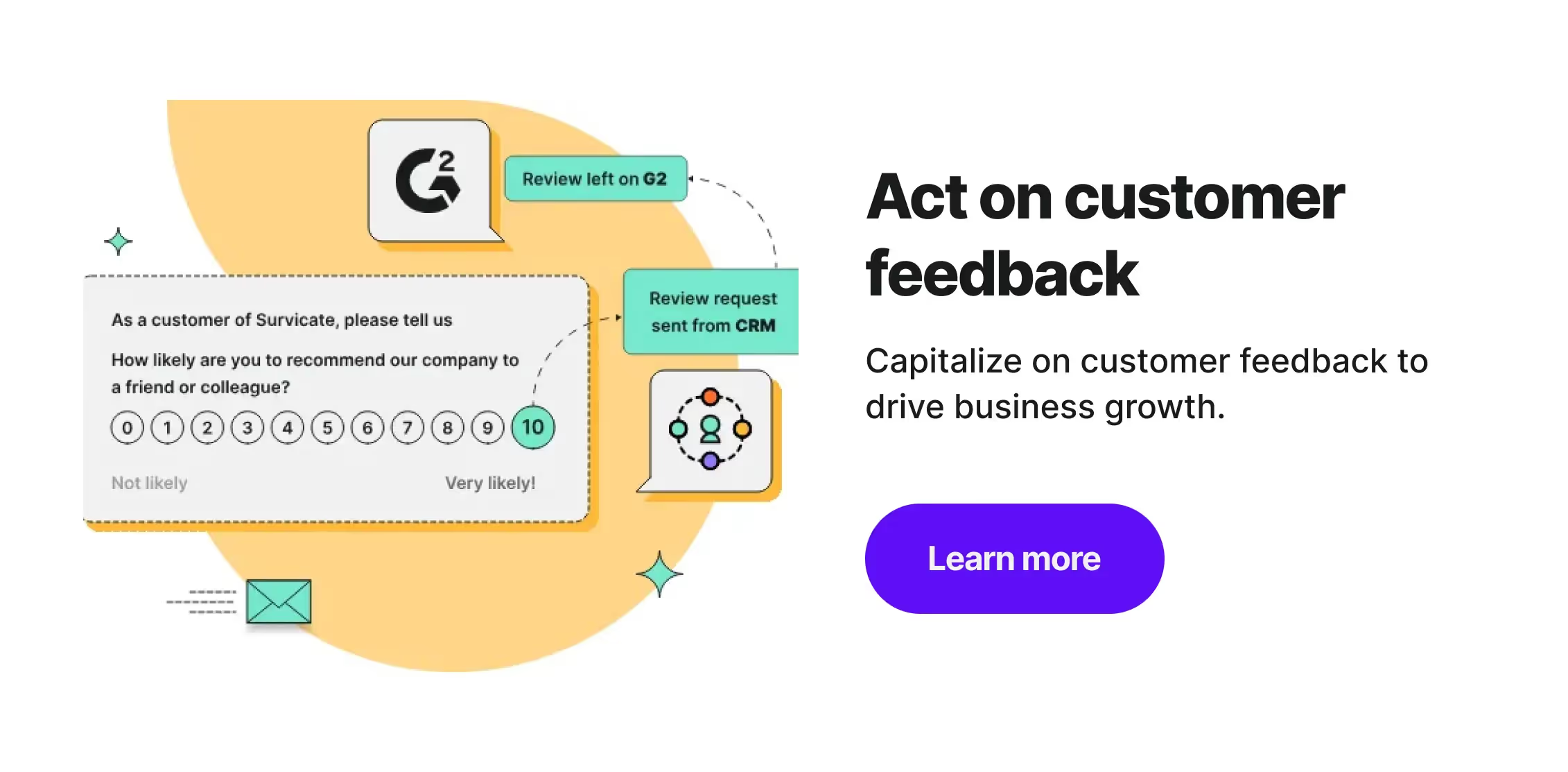
Ready to Collect Feedback and Reduce Customer Churn?
You can run website surveys, email surveys, mobile surveys, and even Intercom surveys, thanks to our killer Intercom integration and in-product surveys!
FURTHER READING: Discover other integrations to connect with your favorite tools.
Irrespective of your goal, whether you want to measure your NPS score, get feedback on your newest feature, or find out why your web visitors aren’t converting – we’ve got you covered.
Creating surveys with Survicate is effortless - you can send your first survey in a matter of minutes. Simply sign up for our 10-day free trial to get access to all of the Best plan features!

.avif)






.webp)
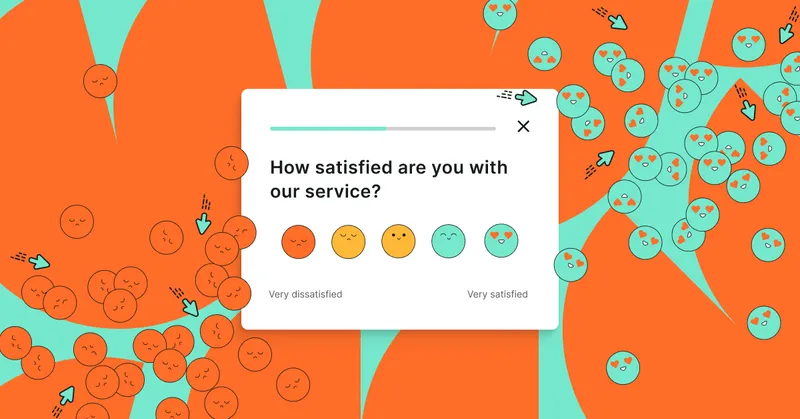
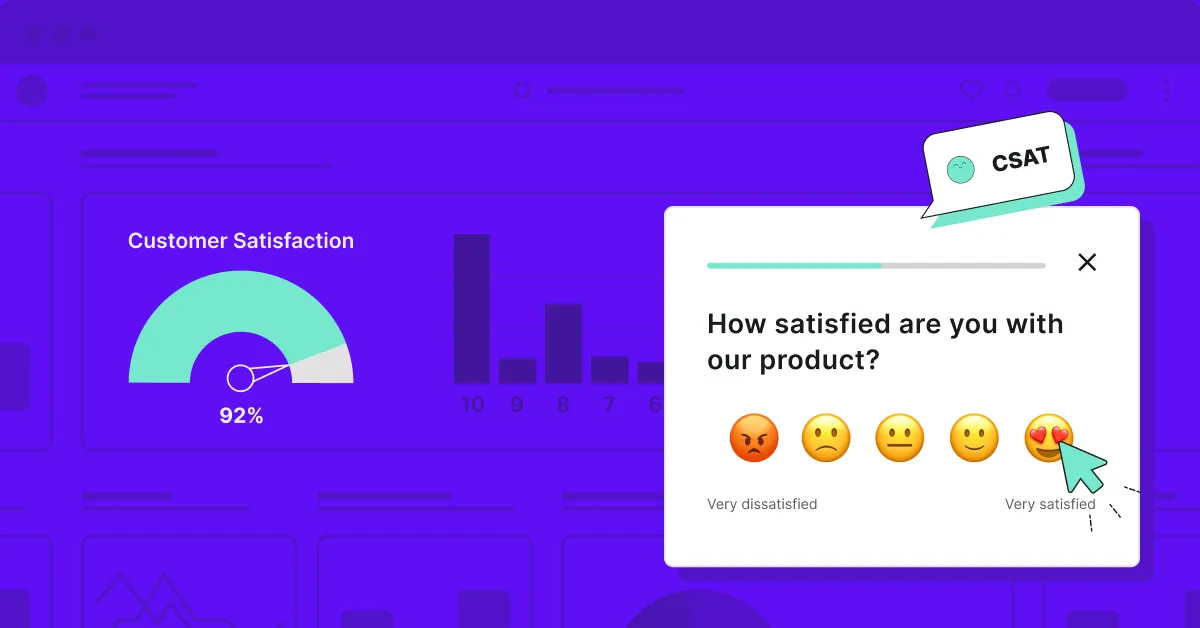
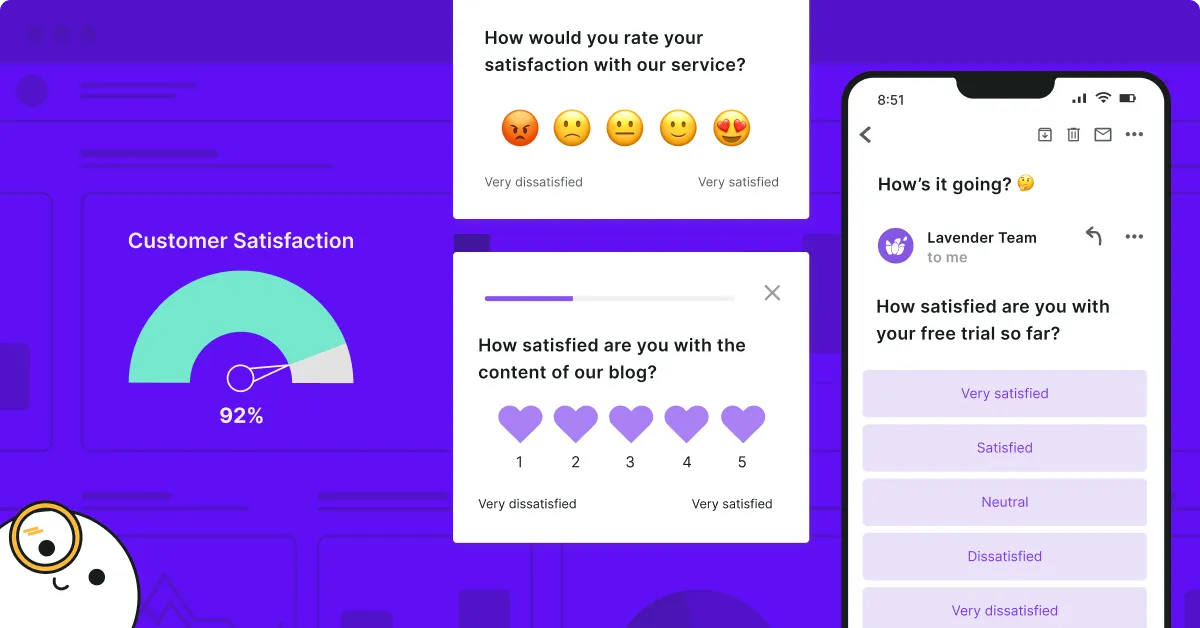
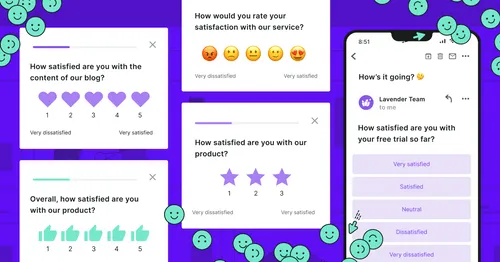
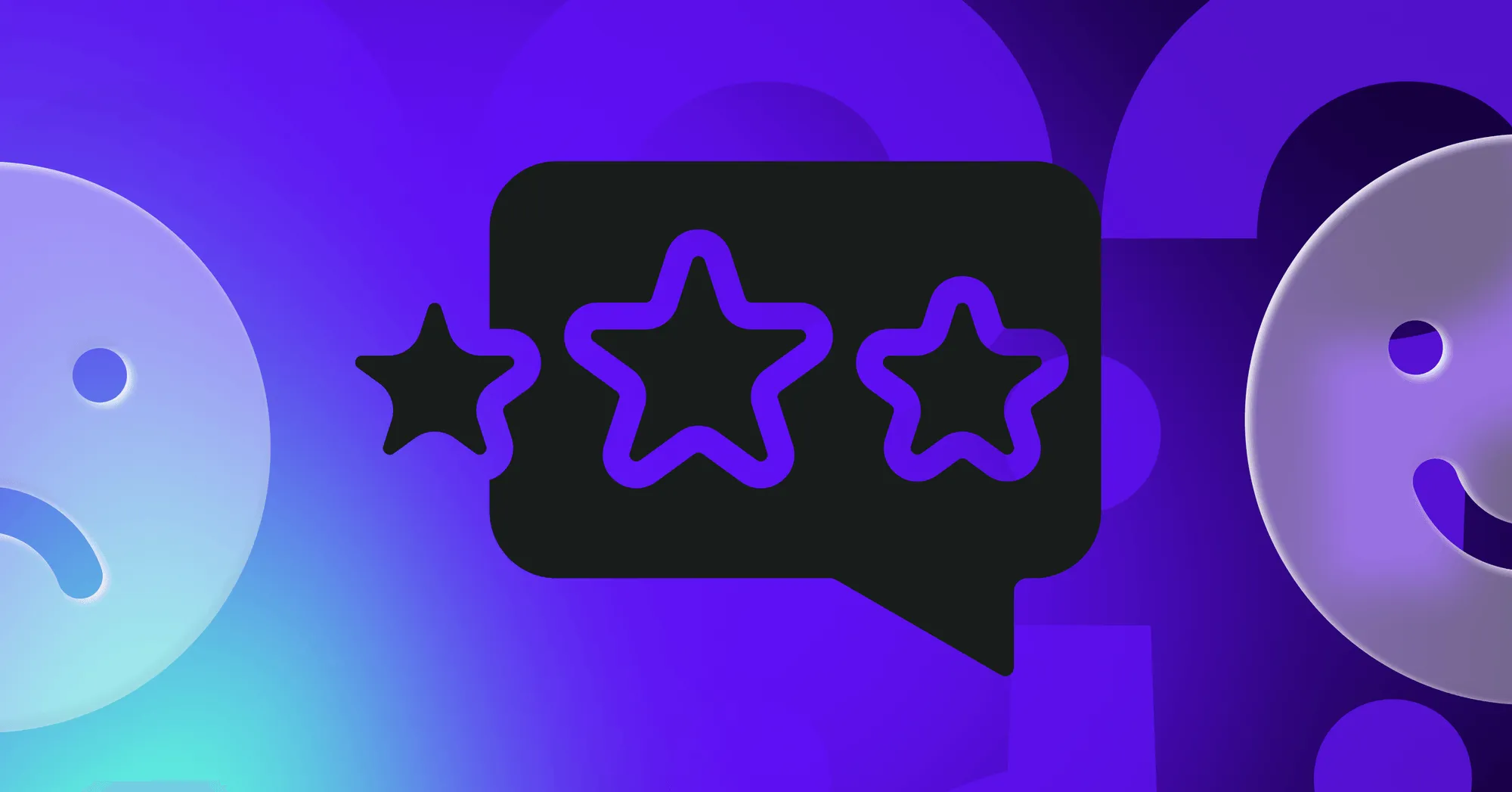
.svg)

.svg)



